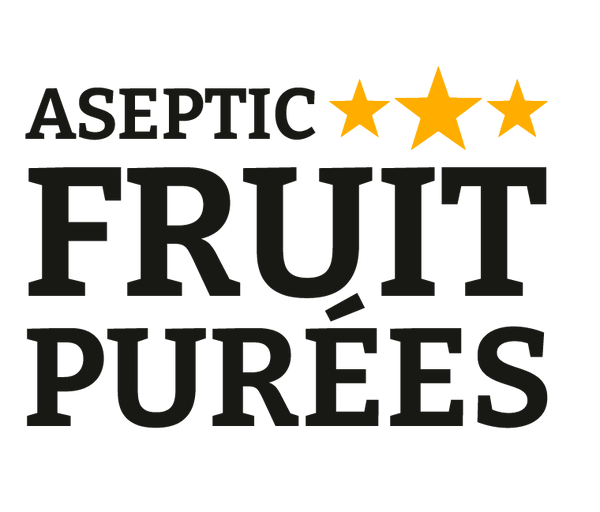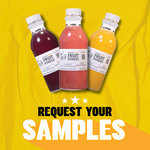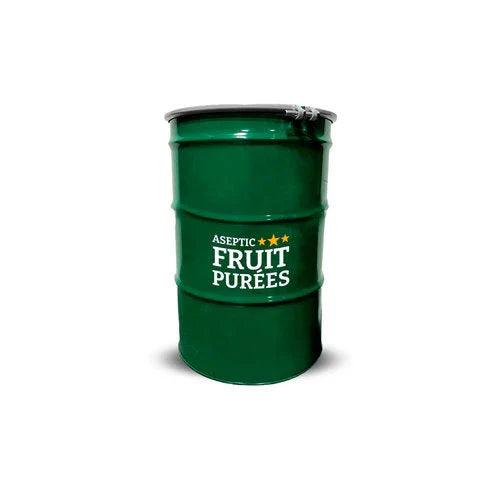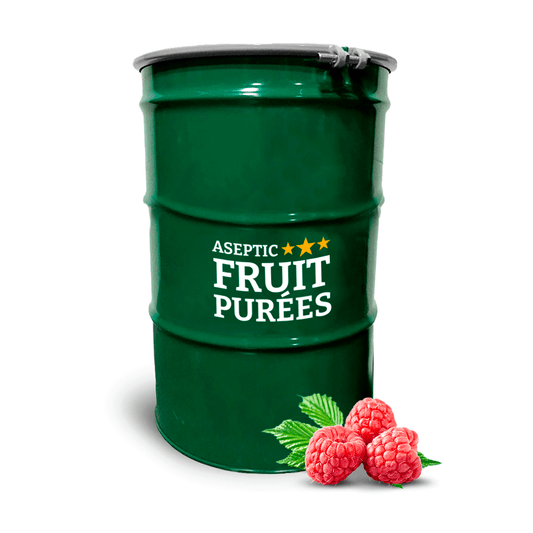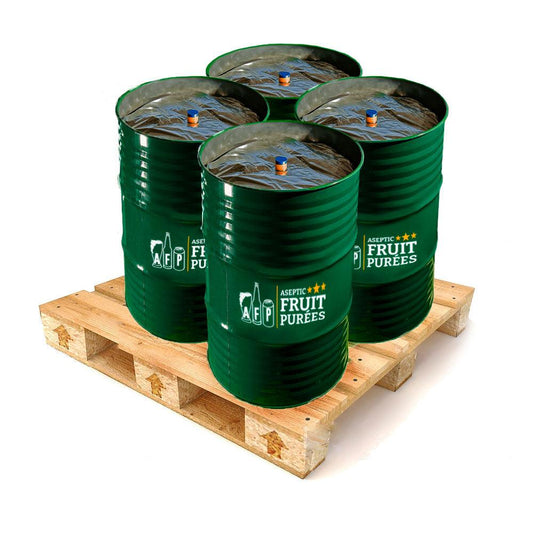There will always be styles that take the brewing industry by surprise and make you wonder if they are a trend or not. The Milkshake IPA is one of those styles. This style technically is a subcategory of the New England or Hazy IPA style. Milkshake IPAs are similar to New England or Hazy IPAs because they both share the same water chemistry along with extremely low to non- existent bitterness and heavy dry hopping regimens. Where these two styles diverge is the use of adjuncts, which is generally known to be anything that is not water, grain, hops, or yeast.The first adjunct we are going to talk about is lactose (not to be confused with lacto, as in lactobacillus bacteria). Lactose is milk sugar that has most commonly been used in milk stouts before the arrival of the Milkshake IPA. This is primarily used for the same reason in both brews, and that is to impart a thicker velvety mouthfeel. I have even heard of some brewers using marshmallow to create a higher viscosity. Vanilla is another adjunct that was previously used in stouts and often added in addition to lactose to enhance the sensation of a milkshake. This is why milkshake IPAs are sometimes referred to as “smoothie IPAs” as well. Not to be confused with “smoothie sour beers,” although there are some similarities and the lines could be blurred. The last adjunct that is instrumental in this style is, you guessed it, aseptic fruit puree. The puree can either be added toward the end of fermentation or when fermentation is complete if you are going to a heavily fruited milkshake IPA.
Yeast and Hop Consideration
The yeast selected for this style will be something similar to the New England style. A low flocculating yeast that will add to the haziness or turbidity of the final product. Further adding to the appearance of a thick milkshake. The hops used in dry hopping should be considered in the recipe also. Choosing hops that play well with the fruit being used can add another layer of complexity and give your beer something truly unique. For example, if you plan on using a fruit like orange, perhaps use some hops that also have citrus qualities like Lotus or Mandarina Bavaria. If you are making a strawberry milkshake maybe try some Huell Melon or Belma. Imagine if you were to use more exotic tropical fruits like passionfruit, papaya, or guava. Try hops that would complement these more exotic flavors and aromas like Azacca, El Dorado, or Galaxy. You see where I am going with this. With a little research and imagination some awe-inspiring creations can be made that are new and different.
Where is the Milkshake IPA going?
So far there have been many products released from several different reweries. Right when the style seemed as if it was fading away, like many other trends it made a comeback. Perhaps it never really went away? Up until this point the flavors have been similar to a milkshake that you would get in a traditional ice cream shop. It makes you wonder what exotic fruit puree could add to this subcategory. Imagine a Cuban milkshake or “Batido IPA” that contains mango, passionfruit, or soursop (guanabana). You could go even further with similar concepts. The world is ready for more examples of this style that does not seem to go away.
Recipe Consideration
To make a milkshake IPA you must start with a traditional New England IPA grain bill. It is also important to consider how much fruit puree you are going to use and whether you are going to ferment it out or not. This grainbill would be very basic such as two-row barley, wheat, and oats. The wheat will add to the hazy profile and the oats to further enhance mouthfeel. Calcium sulfate and calcium chloride are used in tandem to create a certain water profile. Acidity is an ingredient as we have discussed previously. This can be acidulated malt or food grade phosphoric acid. A P.H. between 5-5.2 in the brewhouse is where you want to be to create a barely detectable acidity that will add to the fruit that will be added later. Next, a single step mash at around 150 degrees for thirty to forty five minutes. An hour long boil will do but if you want some extra Maillard or a higher gravity then an hour and a half is better. Add the lactose at the end of boil to give it enough time to dissolve but not get cooked. Anywhere from six to eight pounds of lactose per barrel of beer is common but not limited to.
When fermentation has started to finish up (i.e. stable gravity) the aseptic fruit puree can be added. This can be anywhere between three to five pounds per gallon. In some of the more heavily fruited milkshake IPAs the aseptic fruit puree is added and not fermented. This is not recommended as it can cause a potentially dangerous situation for your customer or even employees if packaged in cans or bottles. If the beer is only going to be kegged and consumed on premise that is a different story.
How to brew a Milkshake IPA
1. Mash in at 150 degrees fahrenheit for 30-45 minutes with PH Adjustment, Calcium Sulfate and Calcium Chloride additions.
2. Ramp up to mash out temp of 168-170 degrees.
3. Lauter to kettle.
4. Boil for an hour to an hour and a half (no bittering hops are used so boil as long as you want, really).
5. Add lactose at the end of boil with enough time to dissolve sugar but not any longer.
6. Add hops to whirlpool at the very end of boil.
7. Cool wort through heat exchanger to 62 degrees fahrenheit and sent to fermentation vessel with a New England yeast strain or something similar.
8. As fermentation tapers off add aseptic fruit puree, 3 to 5 pounds per gallon of beer, depending on what you are going for. By no means limit yourself; these are just suggestions.
9. Dry hopping if desired would be added with the aseptic fruit puree or a day or two later.
10. When fermentation is complete drop the temperature of the tank so everything settles out.
11. Drop yeast, hops, and aseptic fruit puree out if using a uni tank or before moving to a bright beer tank.
12. Before packaging the vanilla or other adjuncts can be added directly to the keg or tank. If adding unfermented aseptic fruit puree add now*.
13. Carbonate and package in kegs or cans through a strainer if pulp is not desired in the final product.
Nick Burgoyne is our Brewing Consultant
with more than 15 years of experience in the
craft beer industry. nick_burgoyne@yahoo.com
